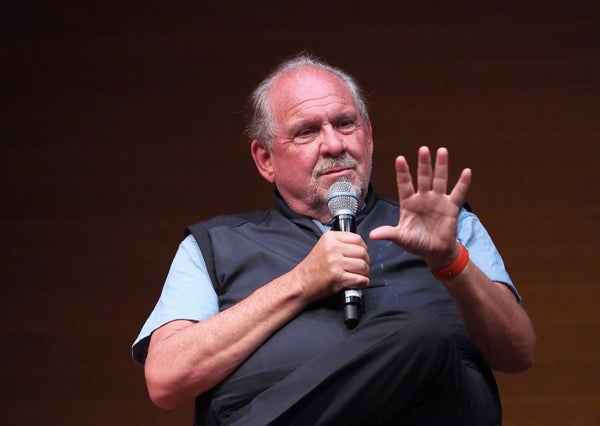When a virus that no one has ever seen before spreads across the globe in mere months, science must race to find answers to some very hard questions: How fast will COVID-19 proliferate? How many will get sick? Can our health systems withstand the onslaught of this new illness? Will there be a vaccine anytime soon? As we wait for those answers, many of us sit and watch and read the news—at a social distance, it is hoped—without knowing exactly what to do or what the near future will hold.
This moment may feel like it is without precedent, but COVID-19 is only the latest pandemic. And while past global disease outbreaks have involved other viruses with different patterns of transmission, how the world community came together to deal with them at the time can offer some relevant lessons today.
On supporting science journalism
If you're enjoying this article, consider supporting our award-winning journalism by subscribing. By purchasing a subscription you are helping to ensure the future of impactful stories about the discoveries and ideas shaping our world today.
Larry Brilliant has spent his career fighting epidemics.As a doctor working for the World Health Organization in the 1970s, he helped to stamp out smallpox. It remains the only human disease to ever be successfully eradicated in our history.
COVID-19 is not the same as smallpox. The latter is in a class of diseases known as anthroponoses, which are only transmissible from human to human. It is believed that smallpox first emerged in East Africa between 4,000 and 3,000 years ago.
In contrast, COVID-19 is a zoonotic disease, which means it passed to humans from an animal host. (There is good evidence to suggest it may have originated in bats.) Given that situation, there is little hope of eradicating this novel coronavirus. To do so would mean vaccinating both humans and the animals that carry it. But humans can deploy our public health resources across the world to fight it.
In this video—a collaboration between Retro Reportand Scientific American—Brilliant describes the dynamics at play in both the eradication of smallpox and the fight to cure polio while reflecting on what insights those diseases offer us in this time of uncertainty.
Read more about the coronavirus outbreak here.
